
Search history
Clear allSearch by image
XDrag and drop an image here or upload an image
Max 5MB per image
UploadSign In | Join

Search history
Clear allSearch by image
XDrag and drop an image here or upload an image
Max 5MB per image
UploadSign In | Join
X Email Mobile
 clear water
clear water
|
CN¥ 0.0 | 914256 piece available |
|
 red and blue
red and blue
|
CN¥ 0.0 | 914256 piece available |
|
A new item has been added to your Shopping Cart. You now have items in your Shopping Cart.
International Trade City 1 District 2235 D 15yr.
Contacts:jinjunfang Chat
Mobile:86-13335902235
E-mail:banwole@163.com
Notes:
1. This product is made of natural solid wood, and the natural color soundboard has only been coated with a layer of water-based paint. Some wood grain knots are unavoidable, please note before taking photos.
2. This product's elastic cord comes in red and blue, and if there is no special instruction, it will be shipped randomly by default.
3. Our inventory of this product is primarily semi-finished goods, with finished products generally being produced on an ad hoc basis. We have a small amount of stock to avoid the accumulation of inventory that could lead to a reduction in the elasticity of the rope.
Therefore, if you have a large number of customers, please contact our customer service in advance to prevent any unnecessary losses due to production time.
Each product is packaged in a self-sealing bag to prevent scratches caused by collision with each other.
Product Size: Diameter 5.5cm, Thickness per piece 0.5cm (including the raised part, which is 1cm high)
Packing Quantity: 750 pieces
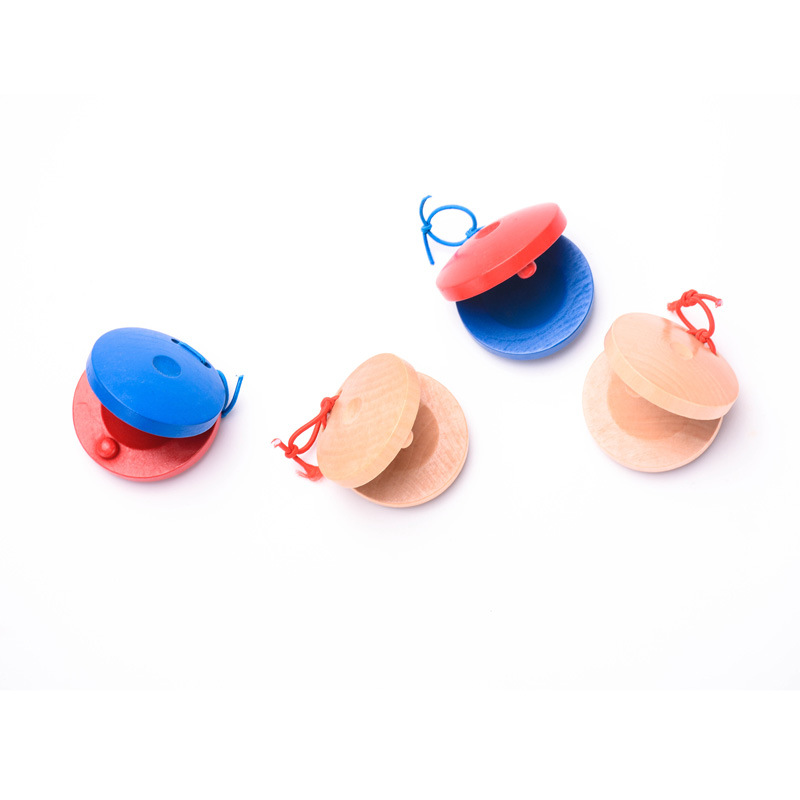
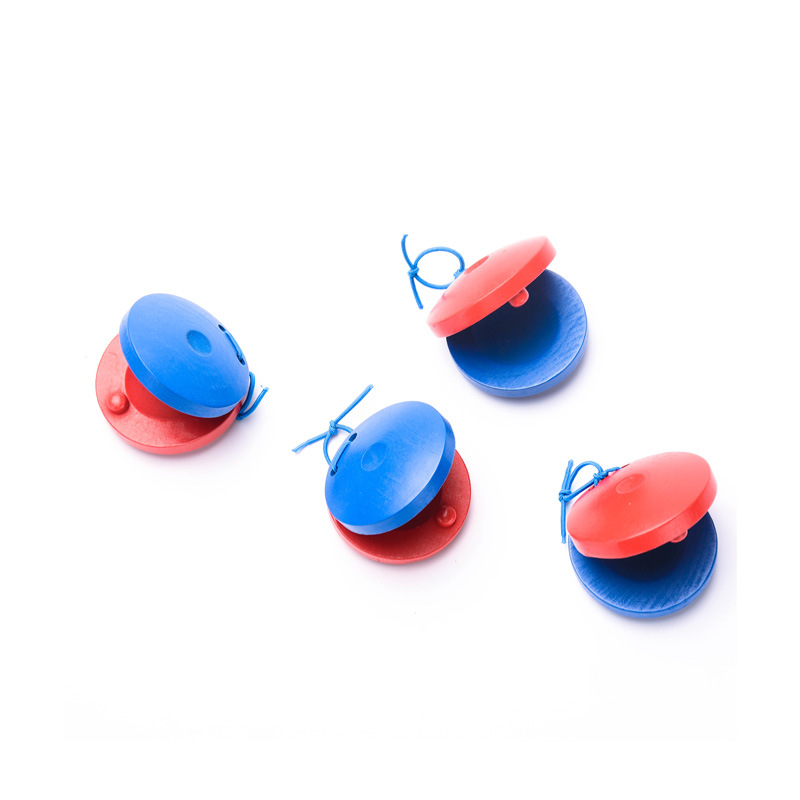
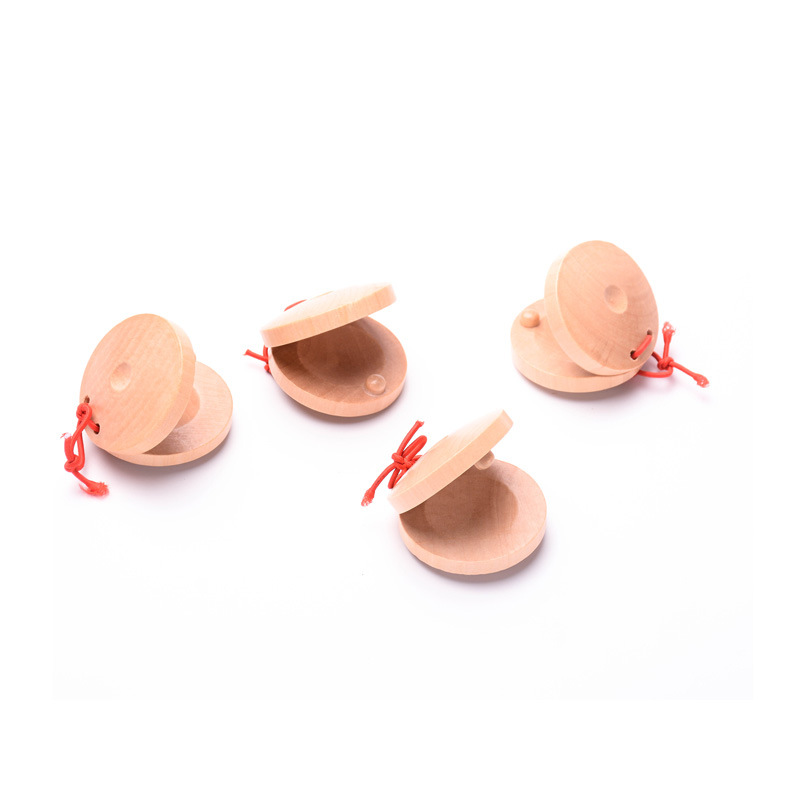
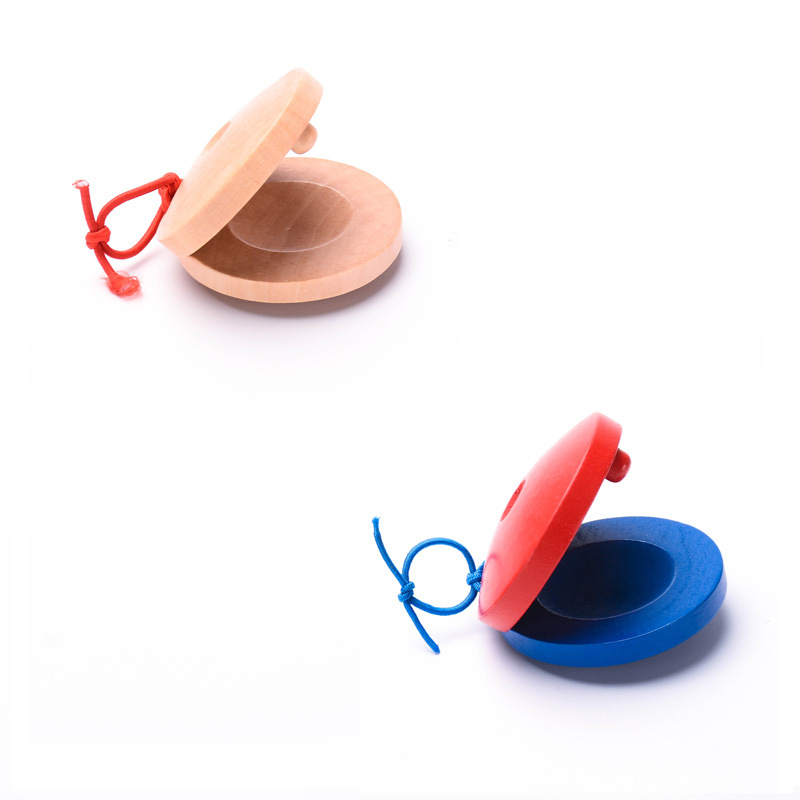
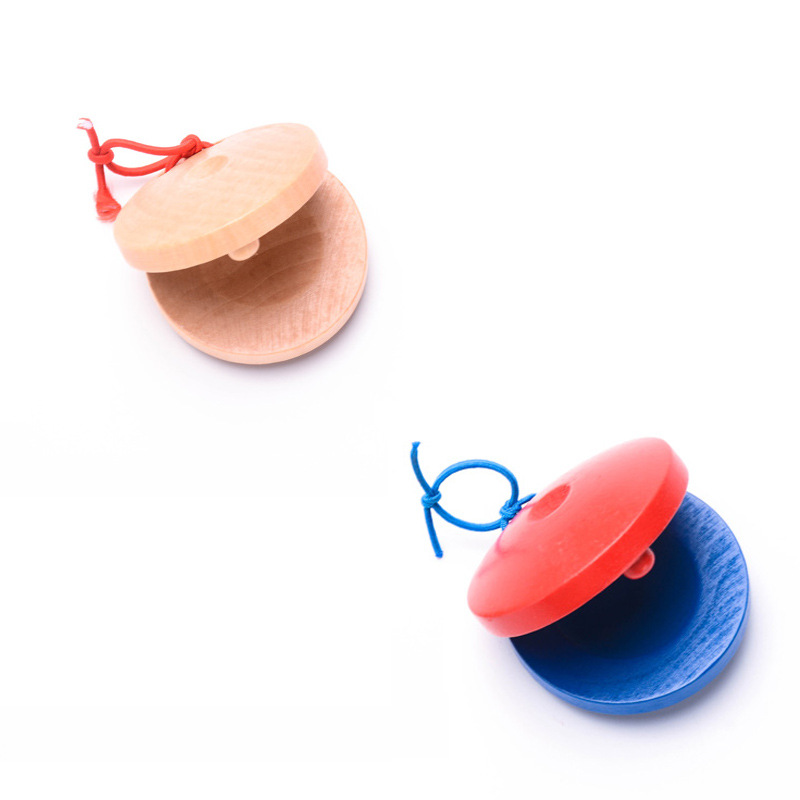
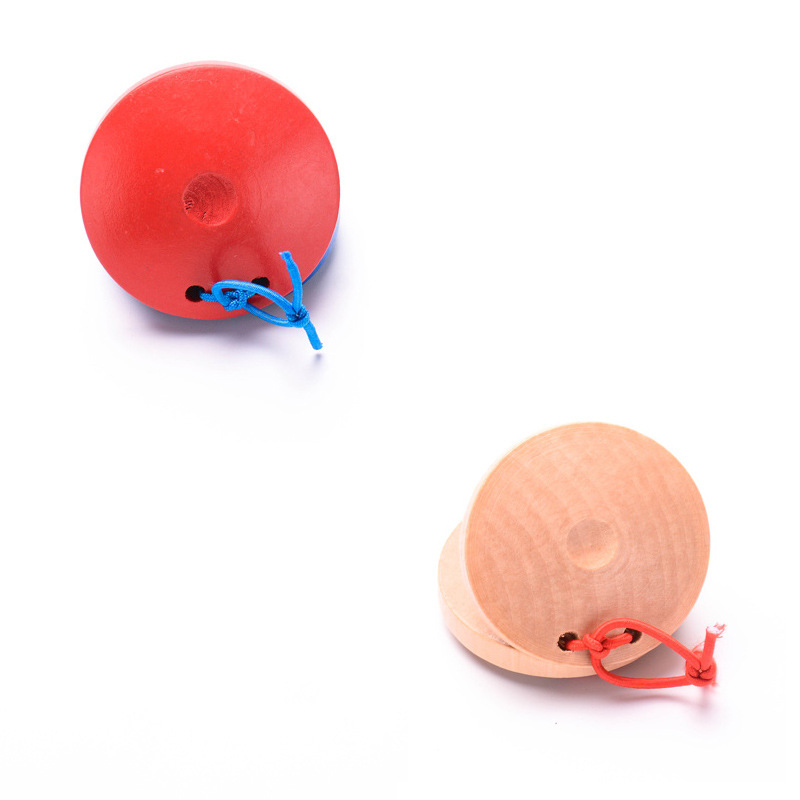
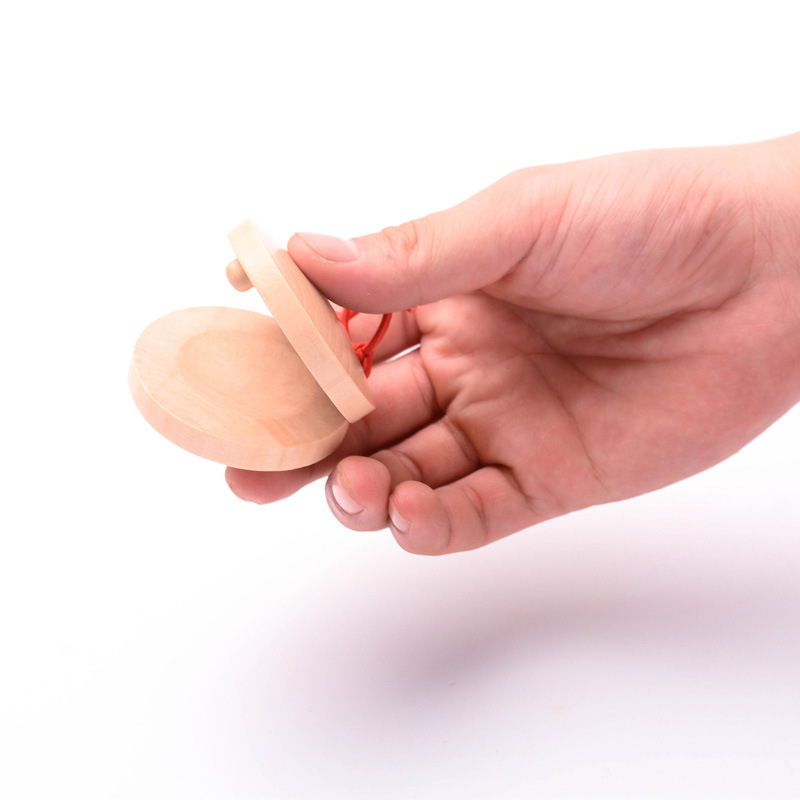
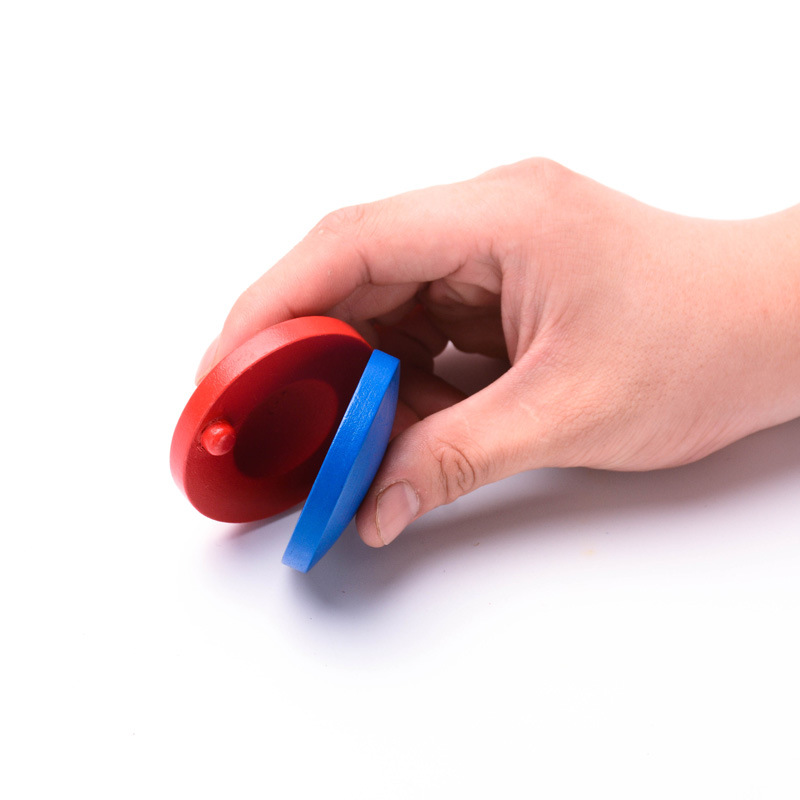
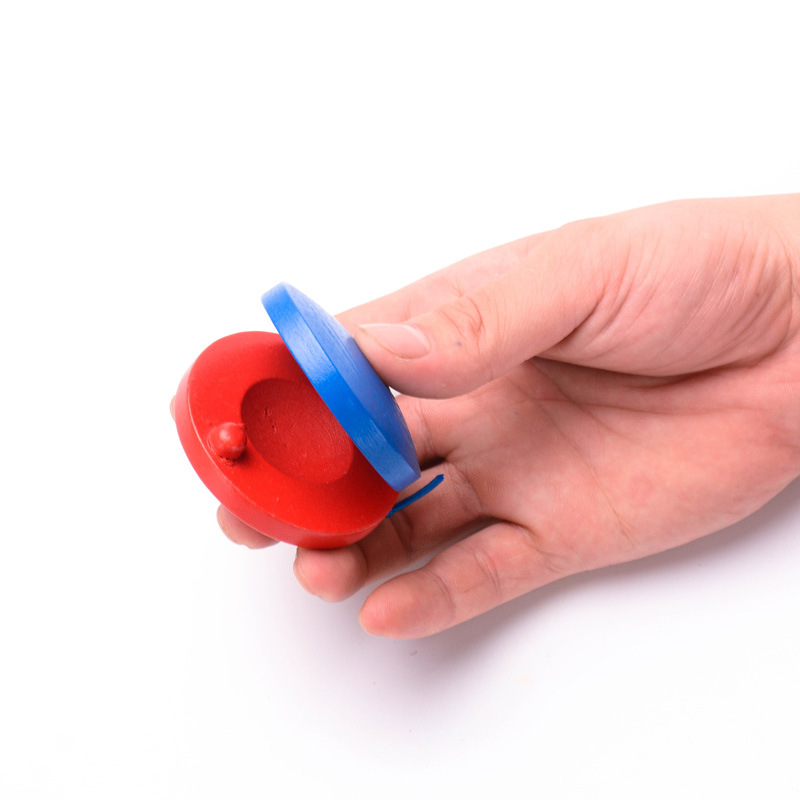
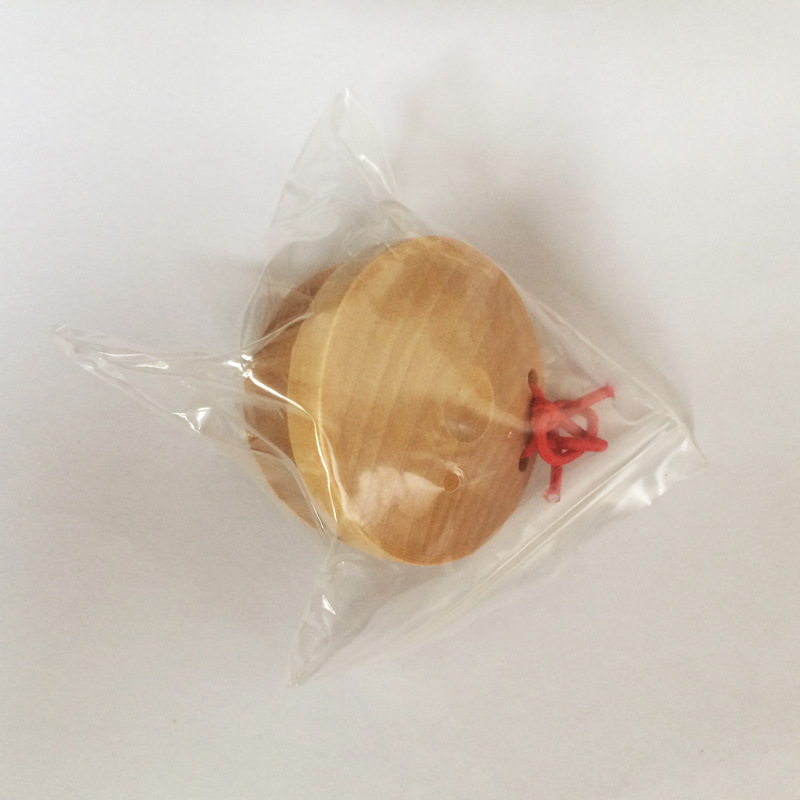
Orff music teaching is an active teaching method that suits the learning characteristics of young children, enabling them to learn music happily, to love music, and to encourage them to express themselves and innovate.
The Basic Contents of Orff Music Education:
1. Listening training.
2. Rhythm Training: Finding Rhythm with Percussion Instruments and Their Applications.
3. Rhythm Training: Training and application of sound, form, and games.
4. Language Learning: As a training and application of music language teaching.
5. Cultivating Creative Ability.
6. Orff instrument practice: rhythm, bar instruments, recorder, keyboard training.
Through the music and dance arts such as speaking, singing, dancing, playing, dramatic performances, painting, etc., students can discover themselves, cultivate their creativity, self-confidence, concentration, teamwork spirit, reaction ability, and the development of the whole personality.
Through the Orff approach to music education, introverted babies became more outgoing; timid babies became brave; loners became more sociable; shy babies became more confident.
When they hear music, even in the presence of strangers, they can't help but start dancing and moving their feet, and it's so in sync;
When they hear the intro of the song, they will sing the learned nursery rhyme accurately, and accompany it with improvised singing performances.
When they hear different rhythms of drums, they play along with music they have never heard before, and it is so harmonious.
They can seamlessly integrate into group life and are among the fastest learners in the class.
Some babies have joined various kindergarten art groups, and their musical perception ability, emotional expression ability, collective collaboration ability, and ability to complete rehearsals are all very outstanding.
Orff teaching system
It is very different from traditional music education. The Orff teaching system is one of the four major preschool music education systems in the world.
Orff music teaching is a comprehensive approach to education, which not only teaches children music but also cultivates their musical abilities. It also has enlightening effects on language, imitation, and creativity in multiple aspects.
Orff music teaching is an active teaching method that suits the learning characteristics of young children, enabling them to learn music happily and to love music.
Orff music teaching emphasizes the cultivation of children's creativity, encouraging them to express themselves and innovate.
Introduction"。
"奥尔夫简介" 翻译成英文是 "Introduction to Orff
Carl Orff (1895-1982), a world-renowned German composer and music educator. Orff was essentially a self-taught master, from his teenage years to his youth, he diligently studied the works of the masters through self-study, and stubbornly sought his unique artistic expression language: "that 'wild' music with its original nature, drama." He never confined himself to a certain specialty or discipline, and he had great enthusiasm to pay attention to and research in composition, conducting, drama, and dance.
Orff Music Teaching Method
Orff teaching method is an advanced and unique music teaching method. It uses children's favorite forms such as singing nursery rhymes, clapping, playing games, telling stories, singing, etc., to cultivate children's sense of music, especially rhythm and hearing, so that children can feel the joy of music and love music. He believes that the traditional music teaching method is to sacrifice the essence for the non-essence, over-emphasizing skills, but ignoring the vitality, creativity and expression of music. Anthropologist Claude Lévi-Strauss once said: "If we can understand music, we can find the key to all people's hearts."
Mr. Orff also said, "Music is not our goal; it is merely a means to express our souls." In our Orff teaching, we focus not on the results but on the process of each student's participation.
Orff teaching method emphasizes the comprehensive nature of art education. It combines language, rhythm, and music teaching, using various forms such as rhythmic recitation, clapping, stomping, and body percussion, music games, singing, dancing, painting, acting, and playing Orff instruments, to not only engage children enthusiastically in music activities but also to improve their language skills, understanding, and performance abilities.
Orff teaching encourages children's innovative spirit. There are many opportunities in music activities for children to improvise and innovate. Special Orff instruments enable children to express their musical ideas quickly on the instruments and enjoy the fun of creation.
Orff teaching method emphasizes localization. Orff's educational thought can perfectly integrate with local cultural heritage, which is one of the important reasons why the Orff teaching method can spread quickly around the world. At the same time, it can also enable children to inherit the cultural heritage of their own nation.
The Classification of Orff Instruments
In Orff's teaching, it is generally not used piano, violin and other instruments, but uses refined percussion instruments. There are two types: one with fixed pitch that can play melodies, and the other with no fixed pitch that plays rhythm.
Instrument without fixed pitch in ensemble composition is not without method. It is generally based on four categories.
Wooden instruments: single and double kettles, wooden sticks, wooden fish, frog boxes, etc. The sound is clear and bright, without a lingering sound.
The scattered sound category includes: sand bells, jingle bells, with the sound characteristics of low volume, scattered sound, and the ability to sustain long notes.
Leather instruments: various types of drum instruments. They usually have resonant sounds, deep tones, and large volumes.
Metal: Triangle, clapper, etc., the main feature is a continuous sound, clear and crisp.
In addition, there are many percussion instruments with unique sounds, such as the frog-call tube. Especially, in each country's percussion music, there are some instruments with very unique sounds, such as various gongs and cymbals in China, which can be added to the above instrument group to add characteristics.
In music education, it is also emphasized to involve hands-on activities — making your own musical instruments. By personally crafting instruments, children can begin to understand the principles of how instruments produce sound and the construction of instruments from a sensorial perspective. Among various instruments, it is easiest to make percussion instruments, such as using an aluminum can or a paper cup filled with sand as a rattle, or stringing together wine caps to make a jingle. Even a pair of chopsticks can be used as a wooden instrument, and a box or bucket that can make a sound can be used as a drum-type instrument. When children play a percussion ensemble they have designed using the percussion instruments they have made, their experience, the joy and interest they feel is no less than using real instruments. This creative and inventive process also perfectly cultivates the children's hands-on skills and creativity.
The second category of Orff instruments are those with fixed pitch. These include the wood-based high, medium, and low woodblocks, as well as the metal-based high, medium, and low aluminum plates (or steel sheets, etc., synthetic metals), and the smaller xylophones that produce a higher and clearer sound. There are also a small number of string instruments in the Orff instrument ensemble, primarily referring to low-pitched string instruments with only two strings, such as the larger cello.
Update time:
TOP